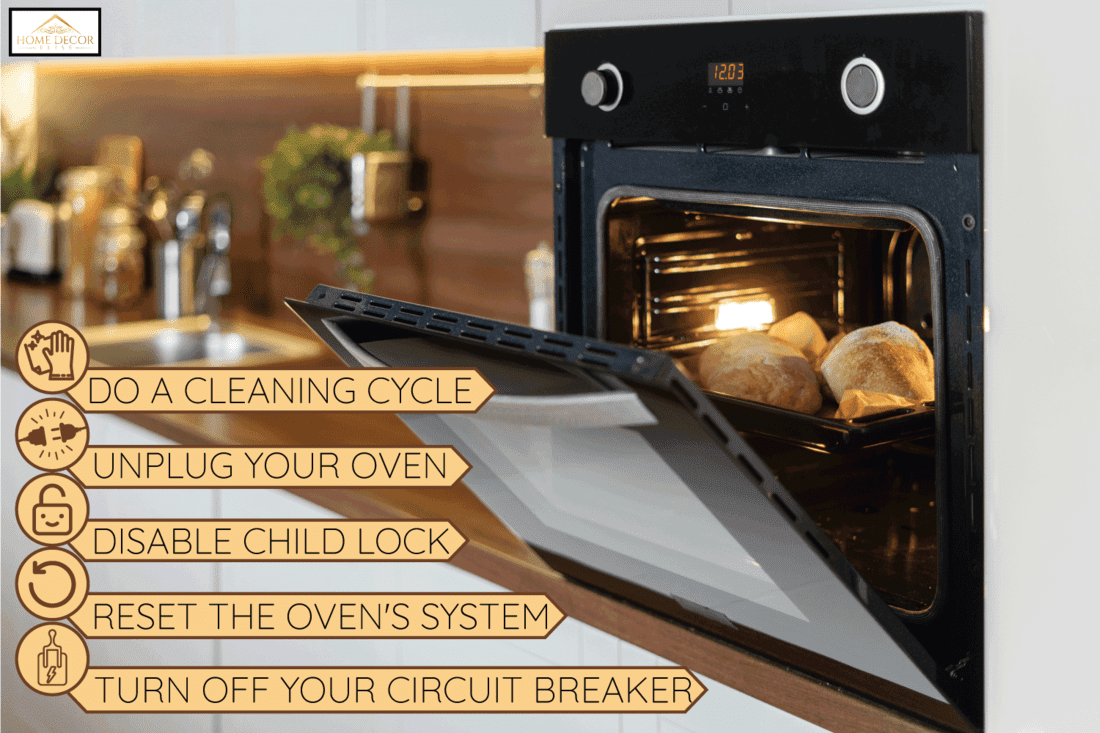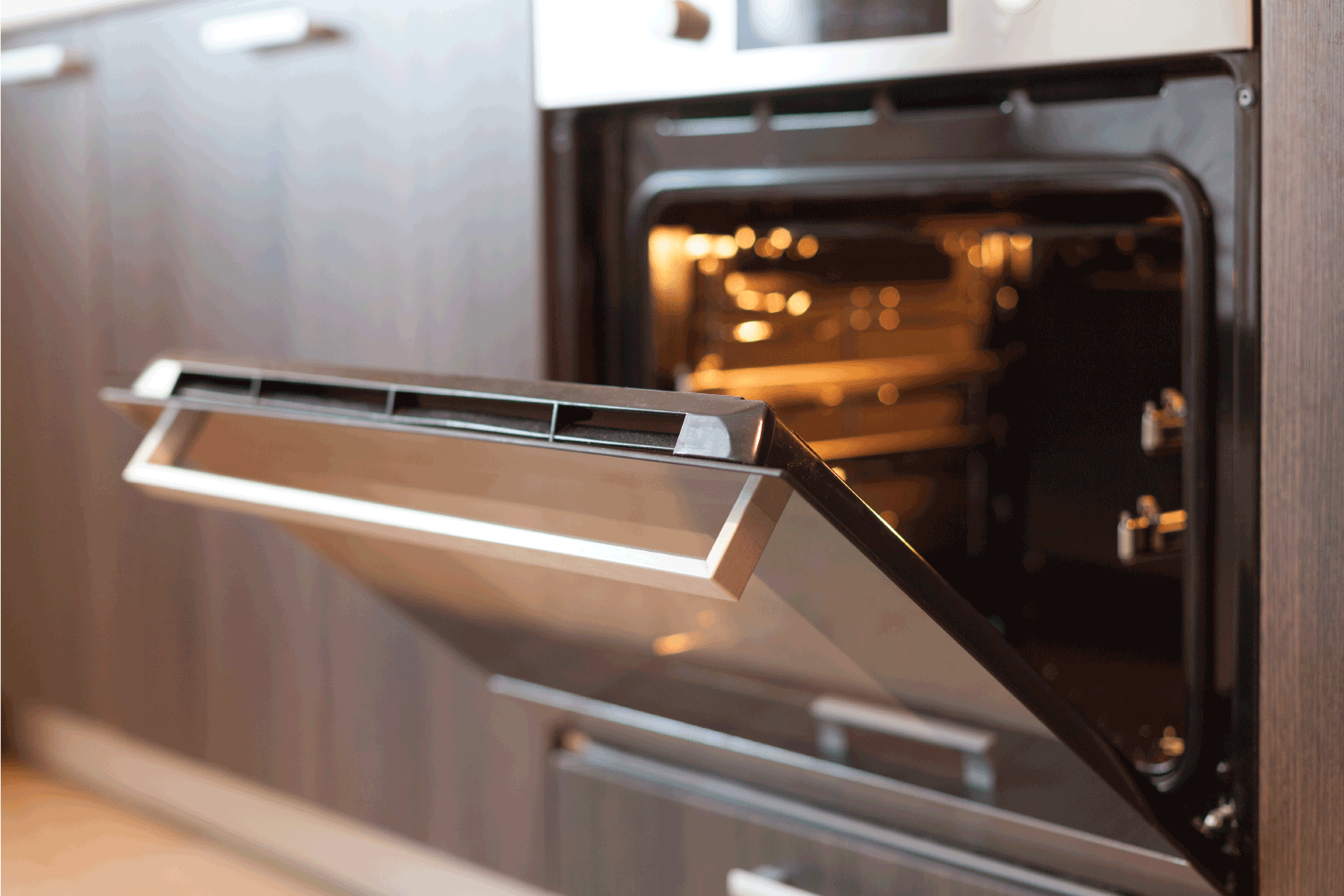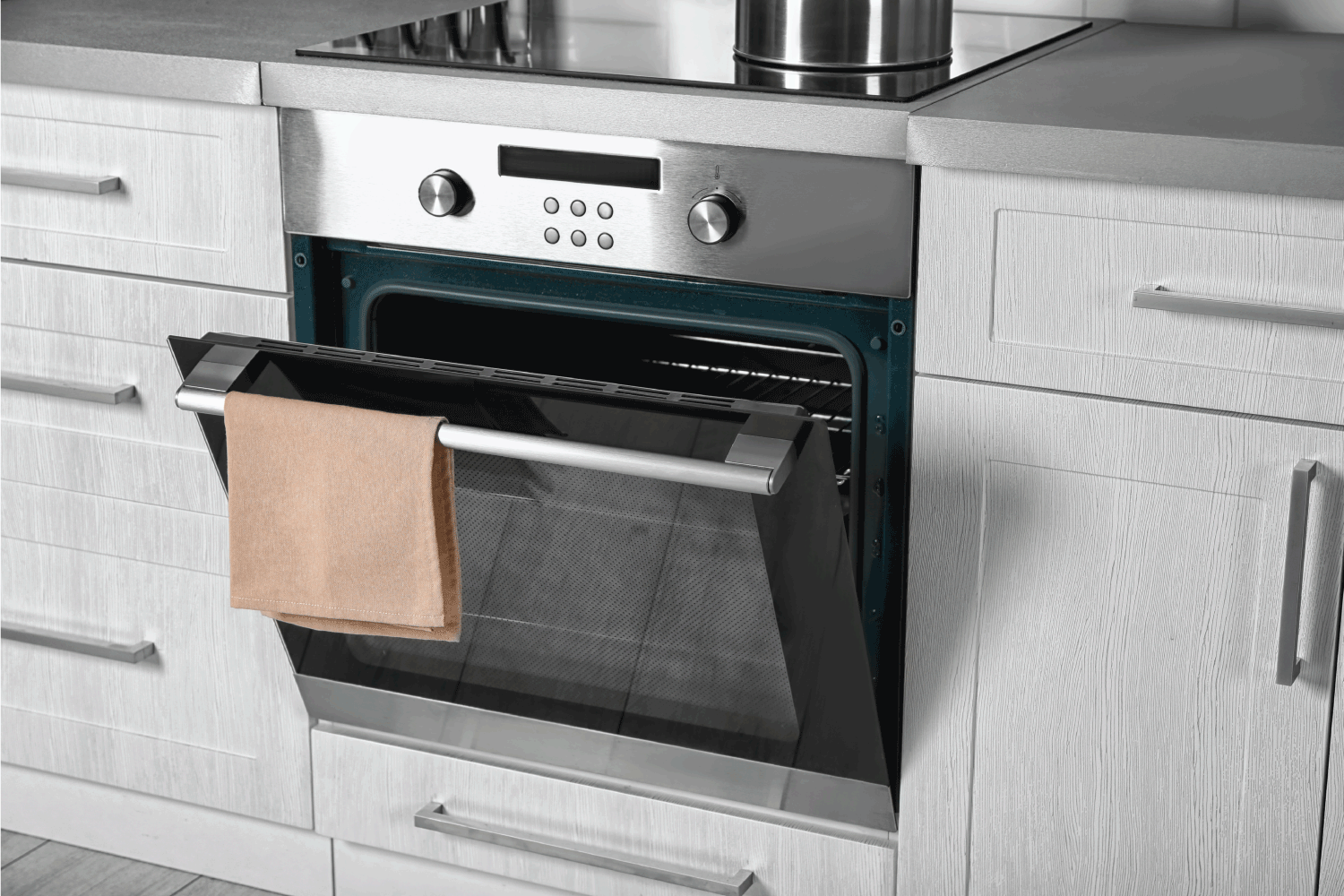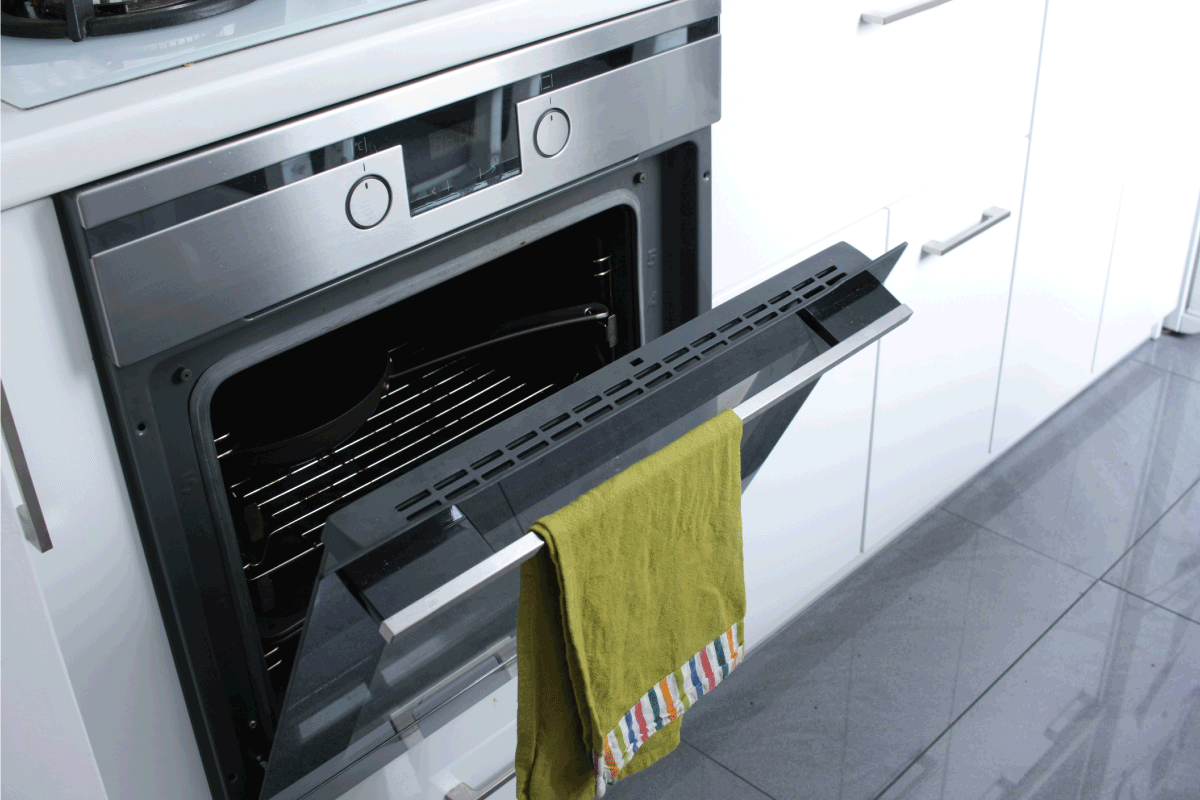Cooking takes a lot of time and effort, so it's essential to prepare the necessary tools and appliances beforehand, like cleaning the oven and checking if it is working correctly. But what if you find yourself with a locked oven door? If you can't open your oven door, don't worry; we've researched how you can unlock it, and here's what we found.
There are different reasons why your door may lock shut. To unlock it, you can try to do the following:
- Do a cleaning cycle
- Unplug your oven
- Disable child lock
- Reset the oven's system
- Turn off your circuit breaker
Having an oven lock unnecessarily can be a hassle, especially when you're about to use it, but following these solutions can help you solve the issue faster. Read on as we go through each of these solutions for unlocking your oven door.

Unlocking Your Oven Door
The oven is an accessible kitchen appliance that, for better or worse, makes it easy for anyone to reach. Since the oven would typically be up to your legs or torso, all you need to do is bend down a bit and pull the door open.
However, this low height is also reachable to small children who can easily pull down the oven door as well. Because of the possible hazard that can happen, oven doors have a mechanism that can keep the door closed even when pulled.
While it is a protective automatic feature to keep children from swinging your oven door open when they shouldn't, the locking mechanism may also be a problem when the oven door doesn't open when you need it to. If your oven door locking mechanism is stuck in its lock mode, there are ways to solve this. Before calling for a professional to check why your oven door is locked, you can try the following solutions.
We sometimes add affiliate links and content that was curated and created by our team with the help of advanced ai tools to help showcase the best design styles.

Run A Cleaning Cycle
When running a cleaning cycle, the oven usually locks the door to avoid any unwanted accidents and will only open after it's done. If an oven door has been locked, you may want to run a cleaning cycle for 60 seconds and cancel it afterward. By activating and canceling the cleaning cycle, the oven's system can push the locking mechanism to unlock.
You can also try having your oven do a short self-cleaning for 1-2 hours or even a full cycle. Just make sure that food, racks, or anything of the sort are not in the oven when you do this.
After the cycle, you'll need to wait it out letting it cool down. Once it's cooled down, the oven door should unlock. If it doesn't, the oven's sensor may have a problem which is causing the system to think that the oven is too hot to open yet even though it's not.
Unplug Your Oven
Another way to reboot the system is to unplug the oven for 10 seconds and plug it back. If there is a switch that turns the oven on and off, you can press this too. Similar to switching the cleaning cycle on and off, this can clear any errors in the system and reboot the locking mechanism to unlock the oven door.
Disable Child Lock
As mentioned, the lock for the oven door was to prevent any accidents from happening, such as a child opening the door while the oven is in the middle of a self-cleaning process. To disable the child lock, you'll need to locate the switch for it which can usually be found near the other buttons of the oven.
Once you've located it, you'll need to press and hold the button for around 5 seconds. Of course, this would depend on the manufacturer and model of your oven, so when in doubt, check your user manual for it.
Reset The Oven's System
Speaking of the user manual, another way to go about unlocking your oven is to check your manual on how to reset your oven's computer system. There may be an issue in the internal system that's causing the oven door to stay locked even without using it. Usually, resetting the oven's system requires pressing a few buttons, but this would differ between oven models.
Turn Off Your Circuit Breaker
If all else fails, you may need to turn off the circuit breaker that's connected to your oven. Similar to unplugging and resetting the oven's system, turning the circuit breaker on and off should jumpstart the system and unlock the door of your oven. You'll only need to turn off the circuit breaker for five minutes before flipping it back on.

Why Does The Oven Door Lock?
The locking mechanism is a safety feature that's made to avoid anyone or anything from opening the door prematurely when the oven does a self-cleaning cycle. Once the oven is in a self-cleaning mode, it will activate the locking system as the oven's interior reaches a certain temperature level, depending on the type of self-cleaning process the oven has.
The locking system would normally unlock once the oven's temperature goes down to 200 degrees Fahrenheit or lower. Even then, you may want to let your oven cool down until opening the oven door. This should only work on the self-cleaning function and not while it is cooking. If it does lock in the middle of cooking, you may want to halt your process and do the steps as previously mentioned, except for the self-cleaning cycle.

How Does An Oven's Self-Cleaning Function Work?
Cleaning an oven can be difficult, especially if there are food spills or grime that are stubborn to clean off normally. To make the process easier, some ovens have a self-cleaning option which would make its interior experience high heat or steam. During this process, the oven door would be locked in place, preventing the blast of heat or steam to harm you or damage the kitchen.
Once the cycle finishes, you will still need to wait at least 90 minutes for the oven to cool down. When it reaches a certain temperature, the oven should unlock, allowing you to open the door. Whichever process your oven has, the self-cleaning function should make it easier for you to wipe off any leftover food spills from the oven's interior walls.
High Heat Self-cleaning
For ovens that use extreme heat of about 900 degrees Fahrenheit for self-cleaning, the process would last between 2 to 6 hours. Within this period, the heat would burn off any food spills within the oven and turn them to ash. The high heat for ovens may seem ideal since it burns off the food on all sides of the oven, but it also creates fumes that may be harmful to you.
Steam Self-cleaning
Meanwhile, ovens that use steam to clean the interior will take a shorter time of 30 minutes to an hour for the process. For this, you'll need to put in a cup of water on the oven's floor before closing the door and letting it do the self-cleaning process.
The heat from the oven will evaporate the water to create steam and make whatever food stains loosen up. While it takes a shorter amount of time than the high heat models, it may not be able to get all the grime on the oven. However, it doesn't have the same amount of fumes as a high-heat self-cleaning process would.

Tips On Self-cleaning
It's suggested that you'll only need to do self-cleaning on your oven every 4 to 6 months or annually, depending on how often you use your oven. Aside from that, the heat from the process may affect a heating element or damage a fuse, not to mention that the self-cleaning process will produce fumes afterward.
As such, you should only do the process when it is necessary or when the food stains can't be cleaned off by a simple wipe. One thing to keep in mind is to make sure that the oven is prepped for self-cleaning and that you have proper ventilation around your area.

In Conclusion
The locking mechanism of an oven door is there for your safety. But in case it gets stuck on the lock, you can try to do a cleaning cycle, unplug the oven, disable the child lock, reset the oven or turn off your circuit breaker. These can help jumpstart the oven's system and unlock the oven door.
If you found that helpful, here are more interesting reads for you:
